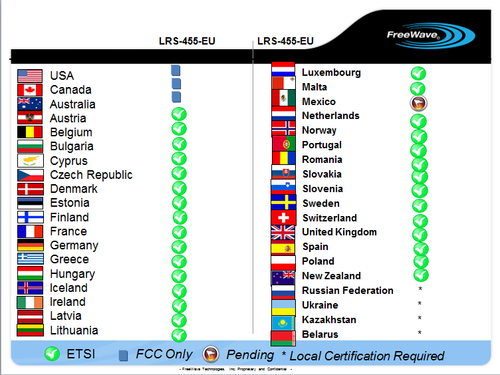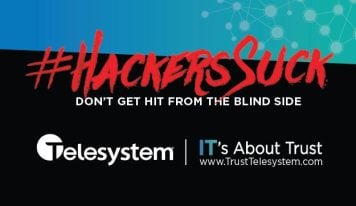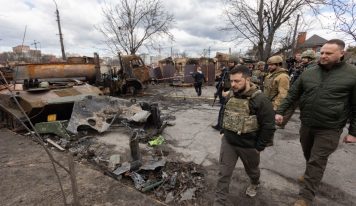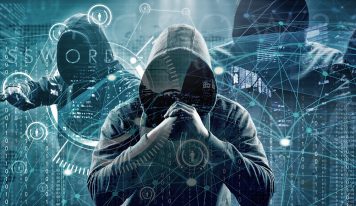Submarine cable systems between the UK, Canada and Paris became essential in the 1850s as the British government found itself in a situation where it would fight wars, sign treaties and still have thousands of soldiers in the field fighting – totally oblivious to the end of conflict. This cost the UK a tremendous amount of money and reducing this cost became a priority. Once the cables were laid they also became invaluable to the shipping industry as they allowed ships to be rerouted to ports which would be more lucrative destinations.
Nowadays with 3G, 4G and WiFi networks overlapping in much of the developed world we take instant communications for granted but this is not the case.
Moreover there are many applications where secure, low-power and virtually instant communications is required but infrastructure to facilitate such communications may not exist. Think of a market consisting of the needs of industrial communications, military comms, smart grid and machine-to-machine (M2M).
One of the companies playing in these spaces is FreeWave Technologies and in a recent conversation with CMO Ashish Sharma he told me about how his company provides long-range data communications solutions to a range of markets including oil and gas, agriculture, clean water, wind and solar.
In a typical application – let’s say in oil and gas, a radio can be connected to equipment which measures pressure, temperature and other levels and at a preset interval – let’s say 15 minutes and can report back to a NOC tens of miles away regarding the status of the equipment in the field. As a reminder, quite often drilling takes place where there isn’t much infrastructure around so cell towers are generally non-existent as is fiber, copper, etc. Solar power assists the FreeWave devices in running and lasting for years if necessary, providing readings and other important information.
The company is based in Boulder, Colorado where it makes all of its devices and to date and has placed about 700,000 radios in the field. Each radio by the way is tested and calibrated from -40 degrees F to 168 degrees which believe it or not is only slightly more extreme than the seasonal temperature variations in Boulder :-). Sharma reinforced the fact that his company’s radios are secure and transmit data reliably. He went on to say how crucial reliable information is as it could help determine whether or not a drill needs to be shut down preventing oil spills and gas leaks.
In the military space, the company’s radios are placed on many unmanned vehicles (UAVs) providing command and control 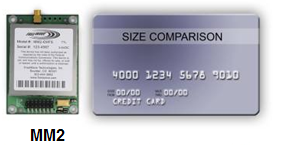 communications.
communications.
The company’s radios run on a variety of frequencies from unlicensed, licensed and military such as 900MHz to 2.4 GHz, 869 MHz, 700 MHz, 1.4 GHz, 400 MHz and 1.3 GHz.
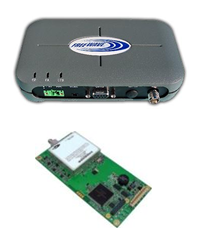 FreeWave makes many radios and perhaps my favorite is the embedded MM2 (pictured) because it looks like something small enough at 14 grams that I could probably put about 10 of them in my shirt pocket.
FreeWave makes many radios and perhaps my favorite is the embedded MM2 (pictured) because it looks like something small enough at 14 grams that I could probably put about 10 of them in my shirt pocket.
The company is pretty excited about their new LRS400 Series allowing for the first time radios which operate on licensed frequencies in the US. It operates on frequencies of 435 MHz-470 MHz, 1.427 GHz-1.432 GHz with up to 2W of output power.
The LRS455-EU (pictured) is global radio which operates in both FCC and ETSI modes meaning a single unit for use across the continents and less maintenance costs.
Where can the LRS455-EU be used and under what conditions?
One of the more interesting points made by Ashish is the fact that the radios communicate in a proprietary fashion means they are generally more secure than traditional communications systems where hackers can more easily figure out how to tap into the data stream. Generally this also means costs are higher but for many applications the importance of secure communications outweighs potential cost savings.
In the past 160 years, undersea cable investments have only increased as the Internet has propelled forward our need to not only communicate over distance but to communicate with more people and devices than ever. Likewise it seems the opportunity for secure, long-range wireless communications will not let up and Sharma thinks the market today is worth hundreds of millions if not a billion dollars.

